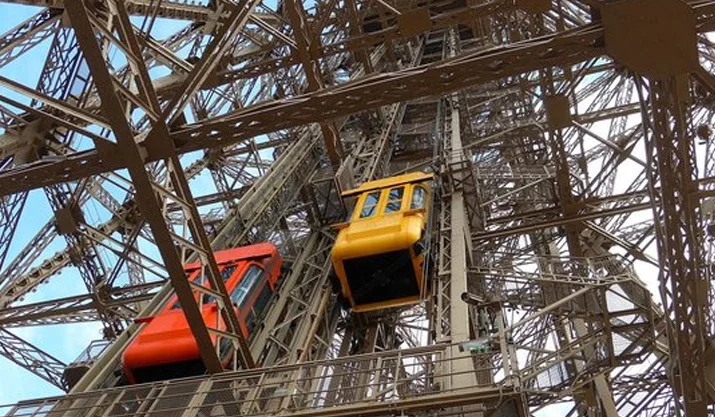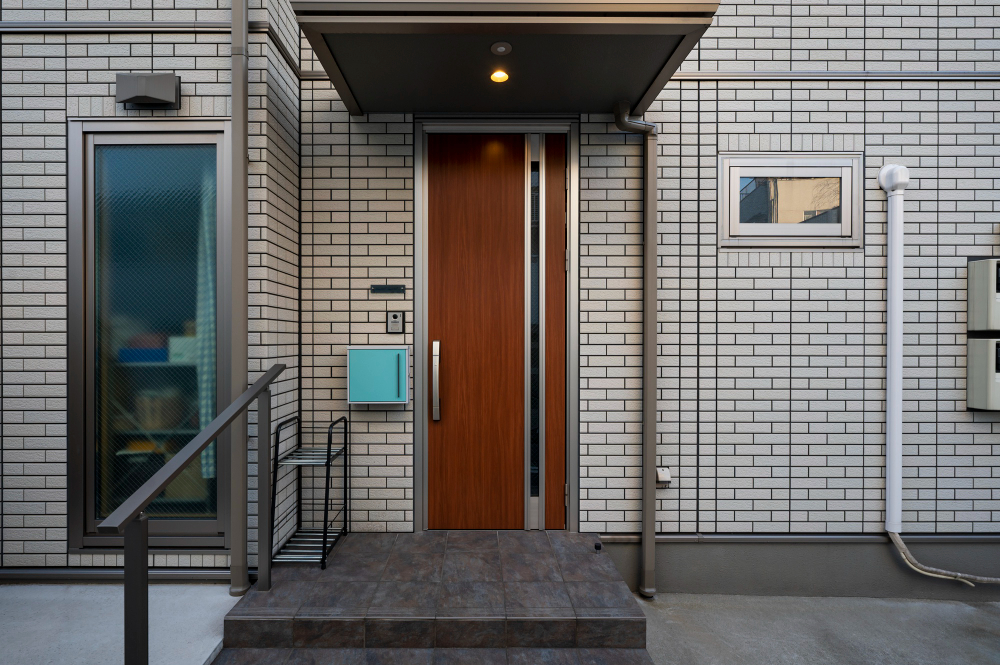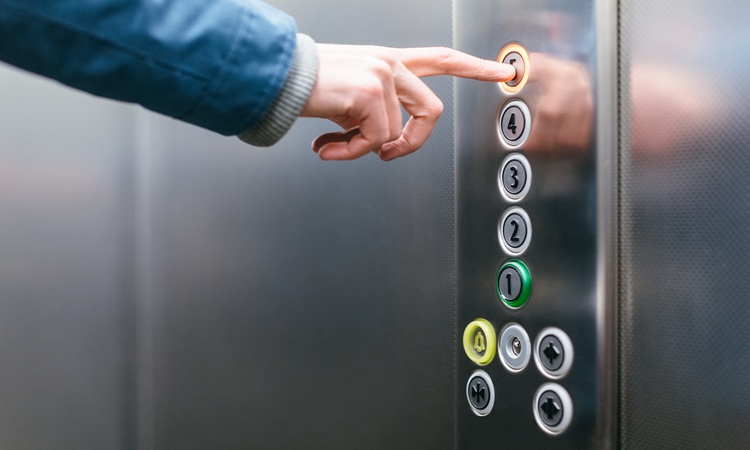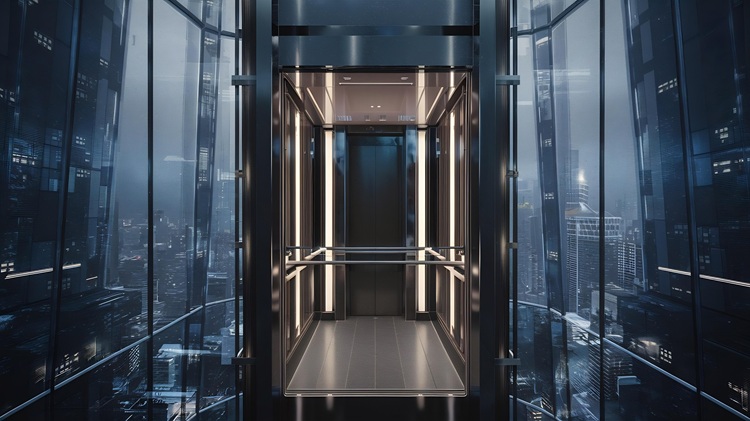The Need of Elevators in Historical Sites
Post Date : Apr 13, 2020
We all certainly know that historical sites, buildings and spaces have their own significance due to which there are several visitors who visit the historical areas. While there can be many reasons for one to visit such places, there are still many people who are unable to visit. These are those people who have restricted mobility due to some reason or the other but their chance to visit the historical buildings should not be taken away.
Most historic buildings were originally not designed and built to accommodate the needs of people with restricted or reduced mobility or those having special needs and other forms of disabilities. But being in the 21st century, as moral individuals, it is our duty to ensure that such people also get their due chance to go and visit the historical buildings, sites, landscapes and spaces in the same manner as we all do.
It should be considered how access can be provided to special needs people in the historical areas, both in the exterior and interior parts in ways that preserve the character of the historical area but at the same time, it makes the visiting and viewing of these areas convenient for disabled people.
The designs of the historical areas should be modified in such a way that the original and the actual foundation is retained while areas wherever possible, the path to the access of historical areas should be made disabled-friendly.
There are always some areas within the historical sites that could be changed in terms of design yet suit the historical area, so as to make the travelling of the disabled people more convenient.
There are few spaces that could be looked over by the authorities of these historical sites:
- Entrance Area - This is one of the main places to tackle as there are many historical sites that have a long route between the entrance and the actual building or the historical space. While most of the time, there is always a wheelchair accessibility to the disabled people, if there is any scope for the disabled to use the elevators then this option can be thought over.
- Interiors - This is the actual bone of contention when it comes to visiting the whole historical sites fully and properly. The installation of the elevators in the interiors of the historical sites or buildings should be discussed by the concerned authorities as well as the project members who will work upon it. Sometimes the disabled people are able to view the historical space in a restricted manner due to the absence of any elevator accessibility provision. If lifts are installed in the interiors then enjoying the historical experience will be the same as that of any other person.
- Exteriors - Once the historical site is viewed fully and properly especially if it is at a height then lift accessibility can be considered so as to get the concerned person on the ground. This would ensure a suitable exit from the historical site.
Hence, the above are some areas within the historical spaces that can be worked upon by the authorities in consultation with required professionals such as architects, engineers and historians. However, it should be noted that perhaps the elevator accessibility should be ensured first for the disabled people and then others and not the other way round.
It is high time that we all start being inclusive in our aspirations and goals of our country and thus, this is one way of showing and implementing the same. Polo Elevators is a lift manufacturing company that makes all sorts of lifts, even disabled-friendly lifts with modern technology. If any historical site authority is thinking to install the lifts in the historical areas, then Polo Elevators should be considered to manufacture elevators for the same where the company has built a good reputation over the years.
BY POLO Elevators






